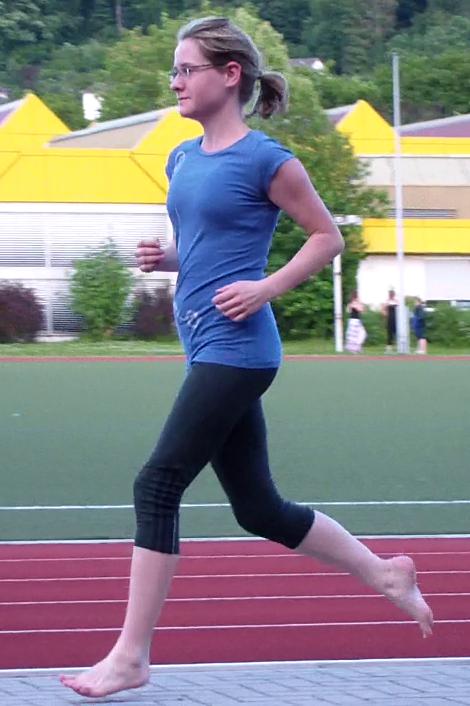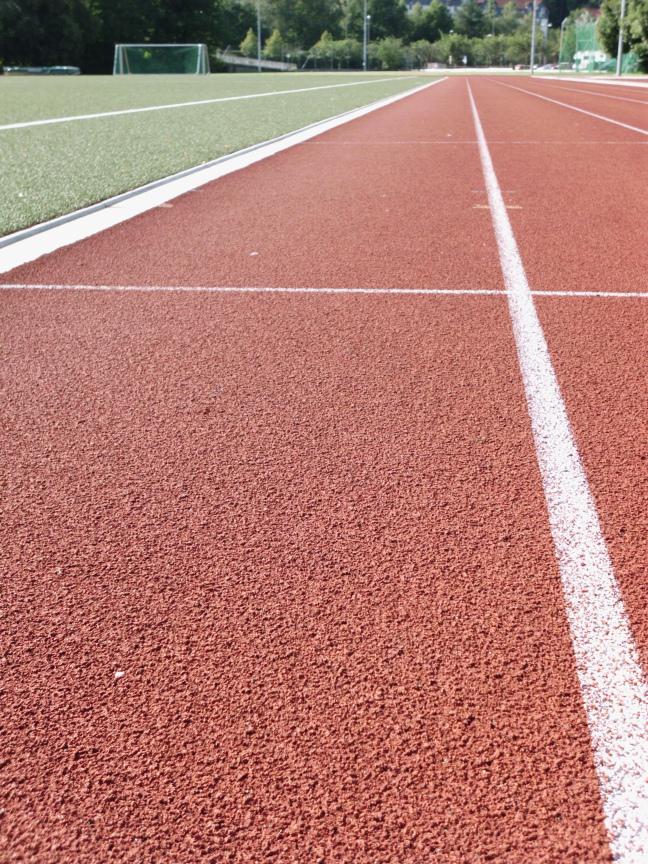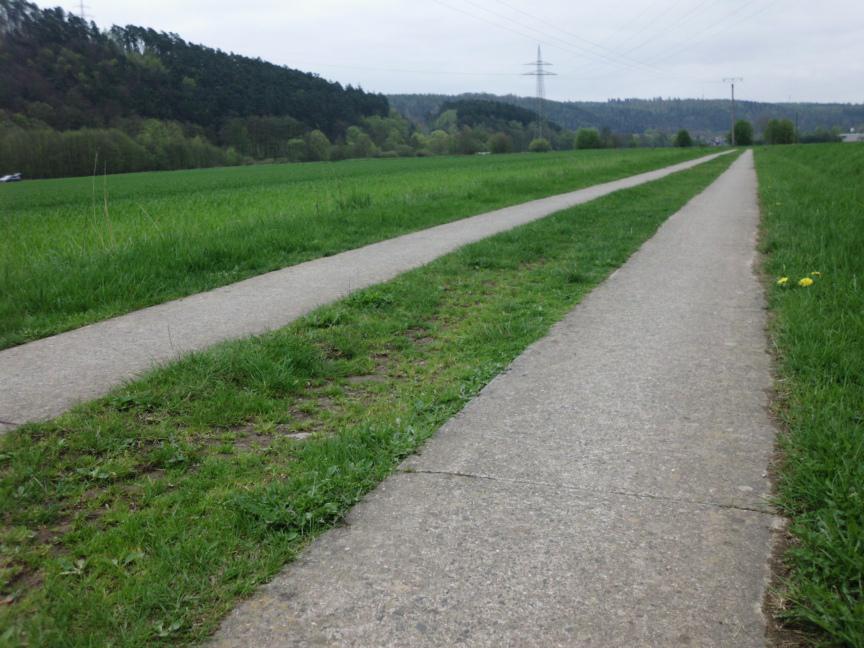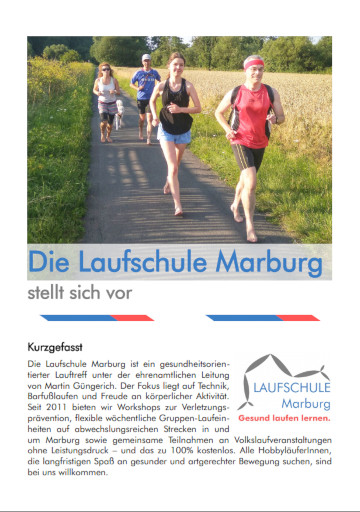Start-up Tips for Barefoot Running Newbies
Running form and the preparation of the locomotor system
Running barefoot includes different requirements to the locomotor system from running with functional (i.e. cushioned, supportive) running shoes. In the barefoot state, ligaments, muscles and tendons have to manage all ground-reaction forces by themselves. Due to their evolutionary history and their anatomy, humans are more than well prepared for this. However, many of us may have to re-learn their ability to run barefoot in a healthy manner and have to re-adapt their physical structures. After all, most of us are children of civilization, not running long distances every day as our early ancestors did, and are used to wearing shoes since our childhood.If your biomechanical structures are naturally stron, if your form is active and efficient or if you have already gone through months of coordinative workouts, you are probably well prepared for barefoot running. However, you should start carefully with short and slow units (a few kilometers as a maximum) and gradually proceed to longer distances.
Suitable surfaces and the adaptation of your soles
The good news, however, is that your soles will adapt themselves to the new task quite soon if you give them enough time for regeneration after each unshod run. In this process, the skin toughens and a cushion of subcutaneous fatty tissue is built up. Anyway, you should not expect that you will ever be able to run long distances on rough chippings or gravel.
Especially as a beginner with sensitive feet, you may prefer high-quality, smooth asphalt or concrete. Many of the synthetic stadium tracks are also a good choice. On rougher, less homogeneous surfaces, you have to watch your step much more carefully, bypass the most adverse parts, reduce your average speed and increase your step frequency. So, to start your first barefoot-running experiments, you should go for a well-predictable route in medium temperature and daylight.
Barefoot-friendly routes in Marburg
You are looking for routes where running barefoot is a pleasure? Here you find a collection of barefoot-friendly public road races in central Hesse. Selected training routes in Marburg to follow shortly.LEAFLETS
•
•
•
RUNNING ROUTES
•
•










